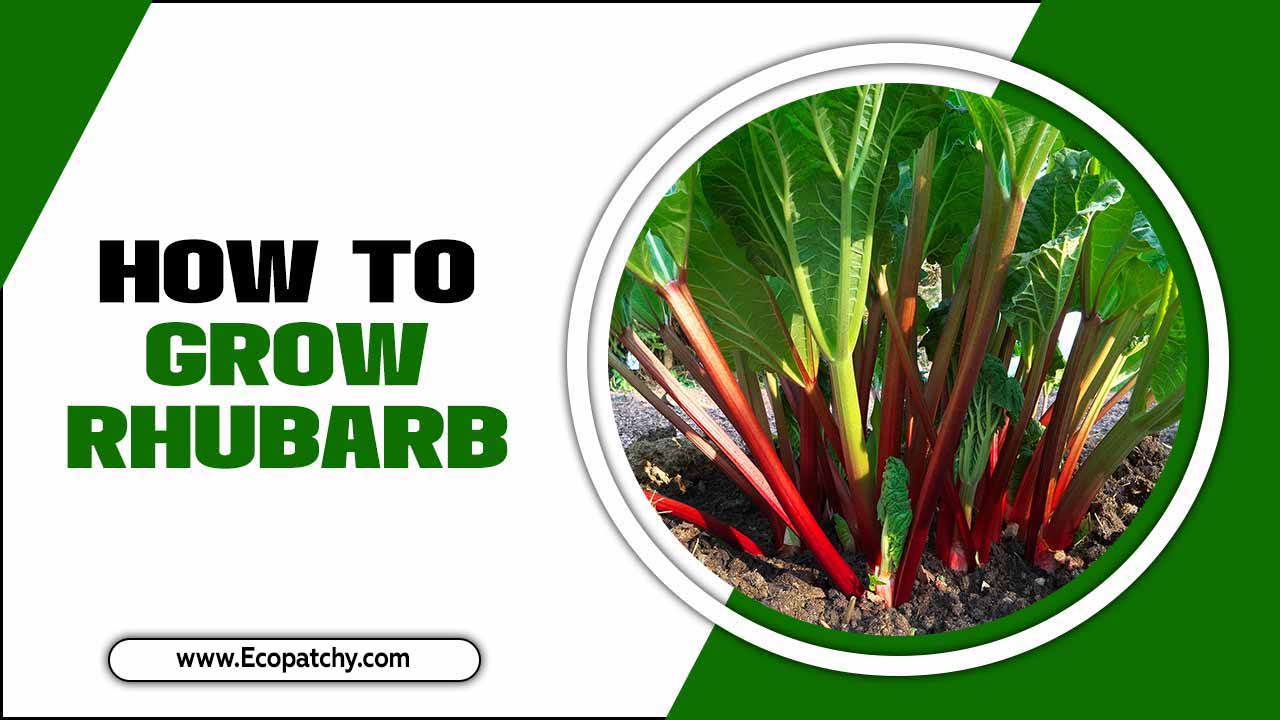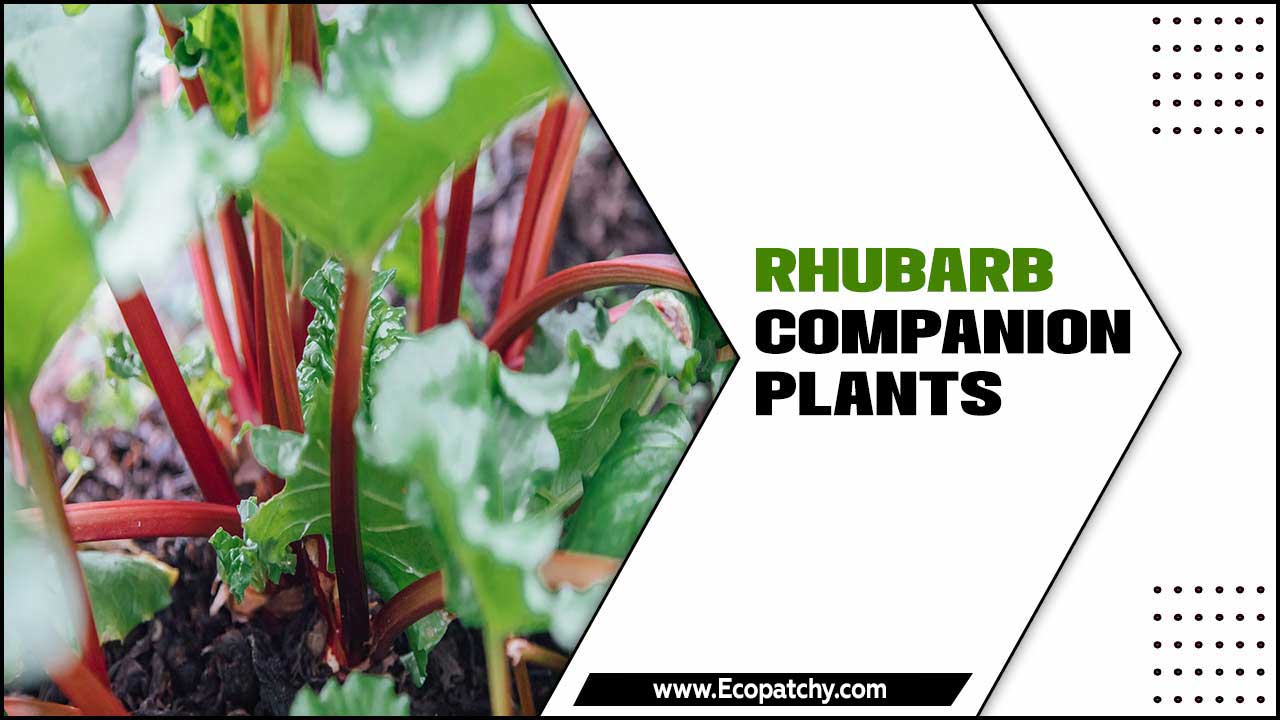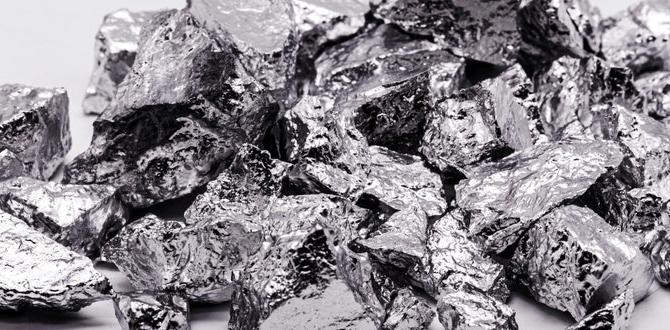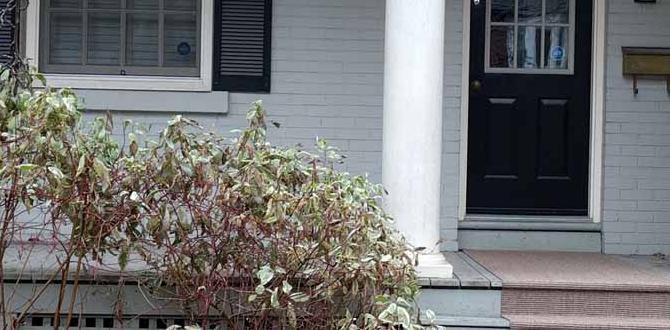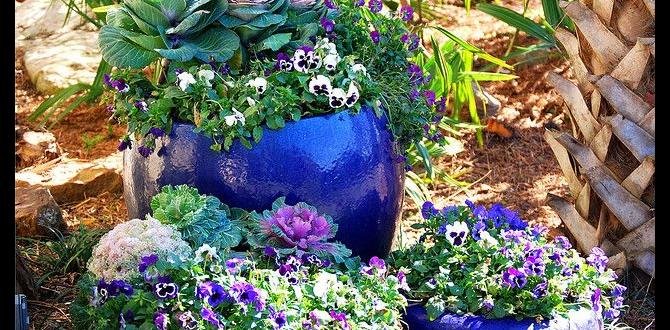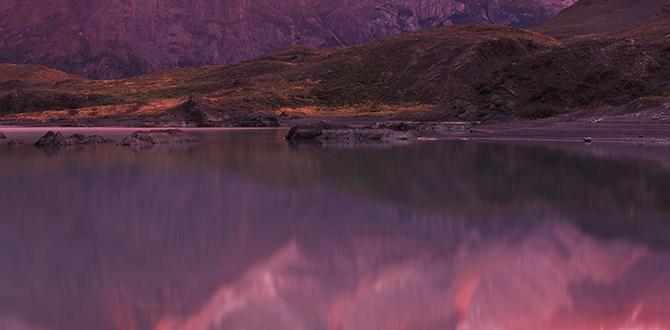Rhubarb is a versatile and delicious perennial vegetable that has been a staple in gardens for centuries. Not only is it prized for its unique tart flavor, but it is also a nutrient-rich addition to any diet.
However, successfully growing and harvesting rhubarb requires specific techniques and knowledge. We will delve into rhubarb cultivation, providing expert tips and techniques for a bountiful harvest. Whether you are a seasoned gardener or new to growing your food, this comprehensive guide will equip you with the knowledge and skills to grow and harvest rhubarb like a pro.
From choosing the right variety to preparing the soil and caring for the plants, we will cover every step to help you achieve a successful and abundant rhubarb crop. With our guidance, you can enjoy the satisfaction of harvesting your fresh rhubarb and creating delicious dishes straight from your garden.
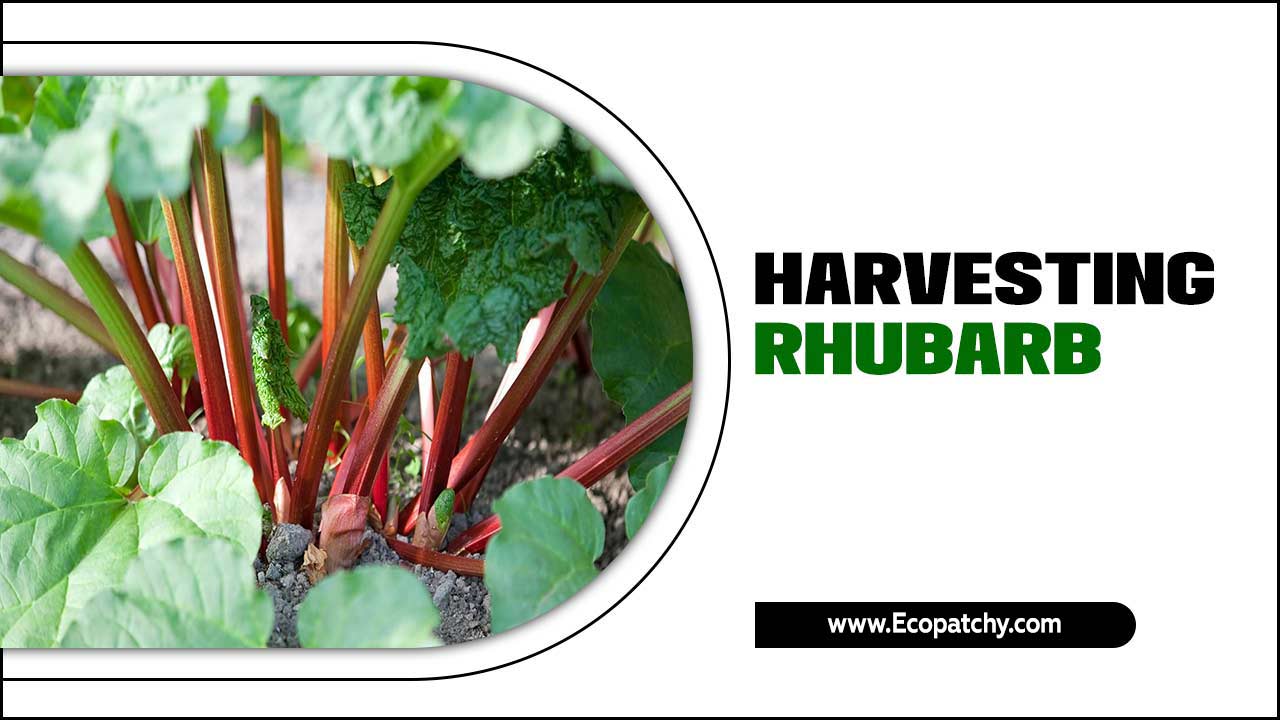
What Is Rhubarb?
Rhubarb is a unique vegetable that is often used in cooking and baking. It has thick, tart stalks that are typically red or green in color, and its leaves are large and toxic, so it’s important only to consume the stalks. Rhubarb is popular for its tangy flavor, which pairs well with sweet ingredients like strawberries and sugar.
It can be used in various dishes, including pies, jams, sauces, and cocktails. When harvesting rhubarb, it’s best to wait until the stalks are at least 10 inches long before cutting them off at the base. Remember to always leave a few stalks on the plant to continue growing and produce more delicious rhubarb for future harvests.
How To Identify Ripe Rhubarb Stalks

When harvesting rhubarb, it is important to know how to identify ripe stalks. Here are some tips to help you determine if your rhubarb is ready to be harvested:
- Size: Ripe rhubarb stalks should be about 10-15 inches long and about 1 inch in diameter.
- Color: Look for stalks that are bright red or pink. Avoid harvesting stalks that are green or have a yellowish hue, as these are not fully matured.
- Texture: Ripe rhubarb stalks should feel firm and crisp. Avoid harvesting stalks that are soft or mushy, as this can indicate that they are overripe.
- Leaves: While focusing on the stalks, it is important to note that rhubarb leaves are toxic and should never be consumed. When harvesting, remove the leaves from the stalks before using them.
By following these guidelines, you can ensure that you harvest rhubarb at its peak ripeness for the best flavor and texture in your recipes.
Harvesting Rhubarb 6 Tips And Techniques For A Bountiful Crop
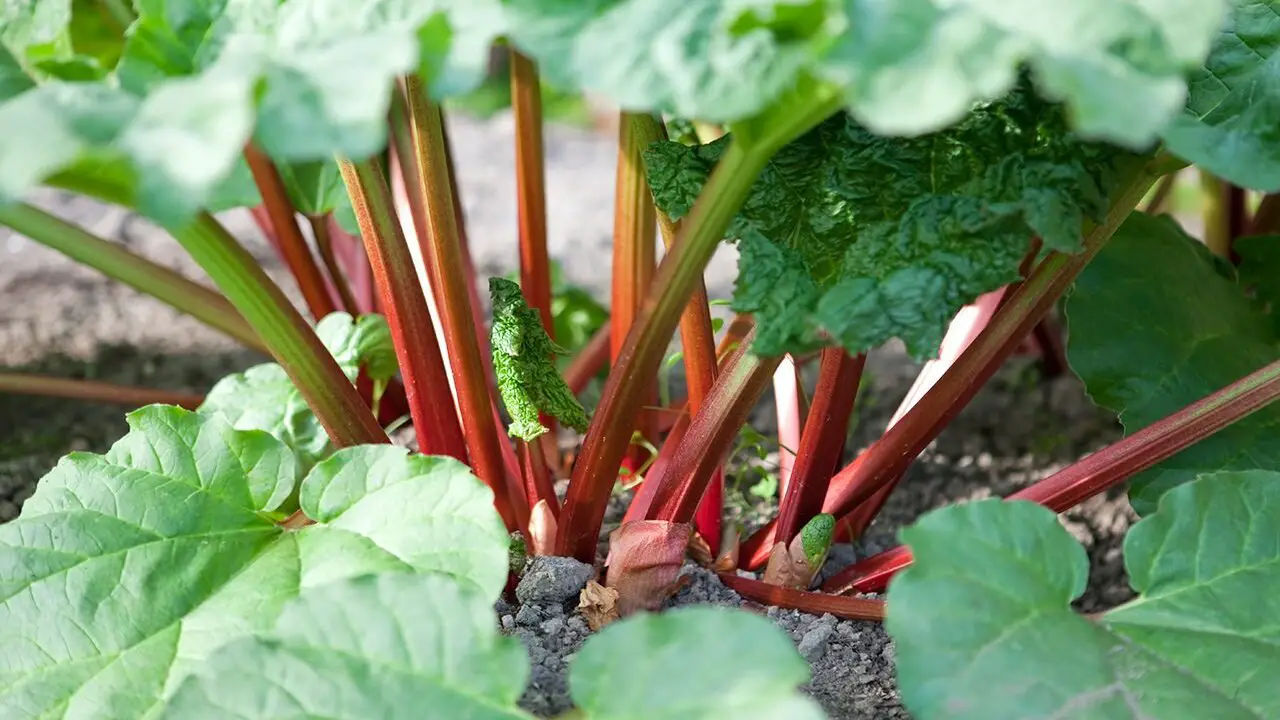
Harvesting rhubarb can be a rewarding experience, especially when you have a bountiful crop to enjoy. By following these tips and techniques, you can enjoy a bountiful harvest of delicious and vibrant rhubarb all season long. Here are six tips and techniques to help you make the most of your rhubarb harvest:
Timing Is Key: When To Harvest
Timing plays a crucial role when it comes to harvesting-rhubarb. It’s important to wait for early spring when the stalks are most tender and juicy. Harvesting before the plant produces flowers ensures optimal taste and quality. After the first hard frost, avoiding harvesting is best, as this can affect the flavor.
For a second harvest, wait until late June or early July. Throughout the growing season, you can continue to harvest rhubarb stalks to enjoy a continuous supply. Remember, timing is key for a bountiful crop of this tart and versatile vegetable.
Division: The Fastest Way To Grow
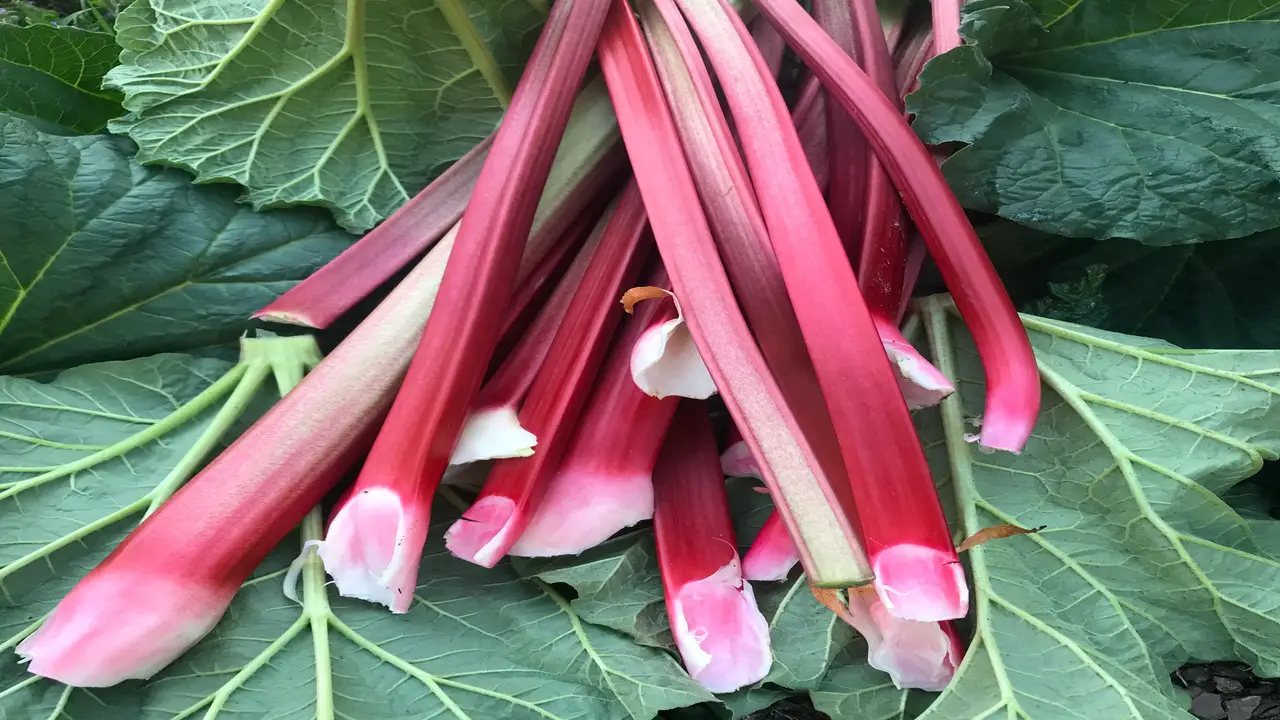
Dividing mature rhubarb plants every 4 to 5 years is essential to promote healthy growth and maintain an abundant rhubarb harvest. Using a sharp knife, carefully divide the rhubarb crown into smaller sections. Plant these divided crowns in well-draining soil in your vegetable garden. Be sure to regularly water the newly planted divisions to help them establish themselves.
Come springtime, you’ll be rewarded with a bountiful harvest from the divided plants. Division is not only the fastest way to grow rhubarb, but it also ensures your perennial plants’ continued health and vitality. Enjoy the tart vegetable in various recipes, such as rhubarb pie or paired with strawberries for a delicious treat.
Bare Root: A Quick Way To Reap
Purchase bare root rhubarb plants, a convenient option for starting your garden. Plant them in early spring; once frost is no longer a concern. Ensure the crown is level with the soil surface. Regular watering helps the bare root rhubarb establish itself. In the second year, you can begin harvesting the stalks from the bare root plant. Following these steps, you can quickly enjoy a bountiful crop of rhubarb without the hassle of starting from seeds or divisions. Make the most of this easy and efficient method to reap the rewards of your vegetable garden.
Crowns: Another Quick Way To Reap
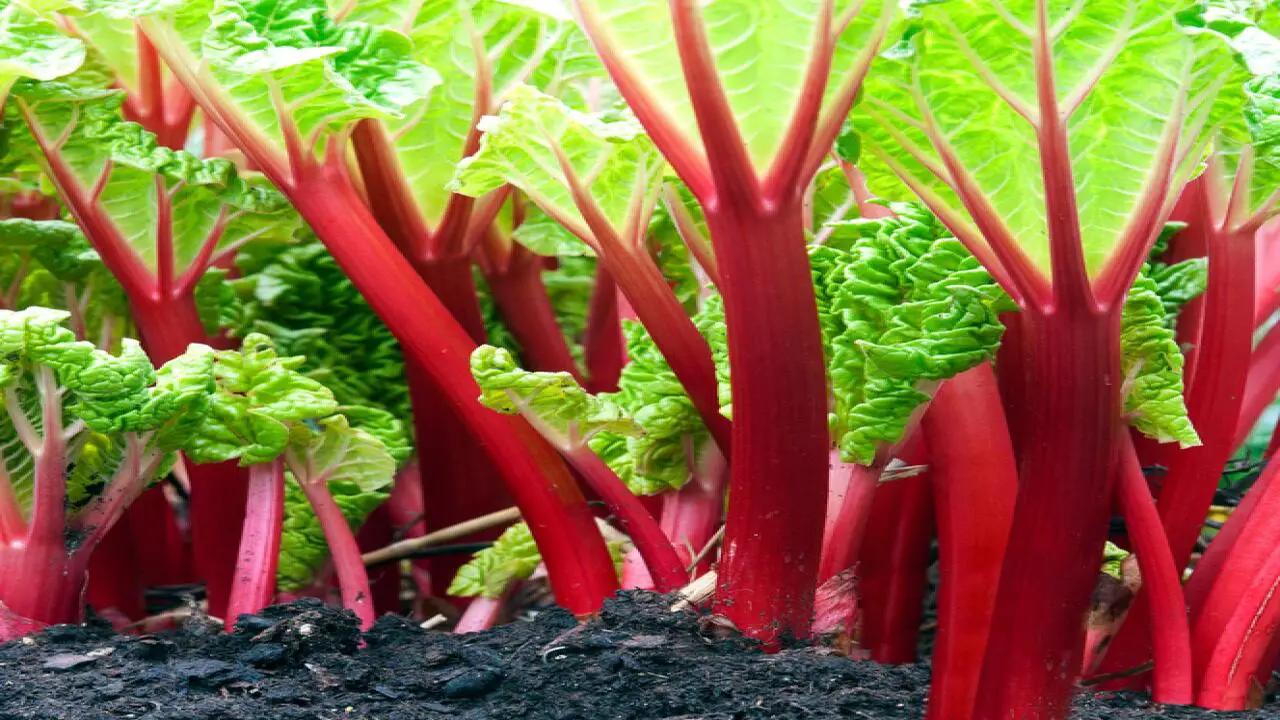
For a faster harvest, plant rhubarb crowns in early spring. To ensure the best results, choose crowns with healthy buds and roots. Dig a hole wide and deep enough to accommodate the rhubarb crown. Place the crown in the hole, making sure the bud faces upward. Thoroughly water the newly planted crown and keep the soil moist. By following these tips, you can quickly reap the benefits of your rhubarb harvest.
Seeds: The Slowest But Most Rewarding
Starting rhubarb from seeds is a patient endeavor, but the rewards are worth the time and effort. In early spring or late summer, sow the rhubarb seeds half an inch deep in well-draining soil. It’s important to keep the soil consistently moist until the seedlings emerge.
Once the seedlings develop true leaves, transplant them into the garden. However, it’s important to note that you won’t be able to harvest rhubarb stalks from seed-grown plants until their second year. Despite the slow growth, starting rhubarb from seeds is a rewarding experience that allows gardeners to enjoy the process from start to finish.
Preparing And Storing Your Rhubarb
Once you’ve successfully harvested your rhubarb, it’s important to properly prepare and store it to ensure its freshness and flavor. Start by washing the stalks thoroughly under cold water to remove dirt or debris. Next, trim off the leaves, which are toxic and should never be consumed. Cut the stalks into desired lengths for cooking or storing.
To store your rhubarb, wrap it in a damp paper towel and place it in a plastic bag in the refrigerator. This will help keep it moist and crisp for up to two weeks. Alternatively, you can freeze your rhubarb by cutting it into small pieces and placing them in airtight containers or freezer bags. Properly stored rhubarb can be enjoyed in various recipes throughout the year.
Tips For Harvesting Rhubarb Safely And Easily

Harvesting rhubarb can be a rewarding experience, but it’s important to do so safely and easily. By following these tips, you can ensure a successful and enjoyable rhubarb harvest. Here are some tips to help you with the process:
- Wait Until The Plant Is Mature: Rhubarb plants should be at least two years old before harvesting. This allows the plant to establish strong roots and ensures a healthy harvest.
- Use A Sharp Knife Or Shears: When harvesting-rhubarb, it’s important to use a sharp knife or shears to avoid damaging the plant. Cut the stalks close to the base of the plant, leaving about an inch of stem attached.
- Don’t Overharvest: It’s best to leave at least half of the stalks on the plant when harvesting. This allows the plant to continue growing and producing throughout the season.
- Avoid Eating The Leaves: While rhubarb stalks are safe, the leaves contain high levels of oxalic acid and should not be consumed. Make sure to remove them from the stalks before using them.
What Are The Benefits Of Harvesting Rhubarb?
Harvesting rhubarb comes with a range of benefits. First and foremost, it allows you to enjoy the delicious taste and unique flavor of fresh rhubarb in your cooking and baking. Rhubarb is not only a versatile ingredient but also packed with vitamins, minerals, and antioxidants. It is a good fiber, vitamin K, calcium, and potassium source.
Incorporating rhubarb into your diet can support digestive health, promote healthy bones, and regulate blood pressure. Additionally, growing and harvesting your rhubarb can be a rewarding experience that allows you to connect with nature and enjoy the satisfaction of cultivating your food. So, why not give rhubarb harvesting a try? You’ll reap the rewards both in terms of taste and health benefits.
Conclusion
Harvesting rhubarb can be a rewarding experience, as it allows you to enjoy the fruits of your labor and indulge in delicious rhubarb recipes. By following the tips and techniques we’ve shared in this blog, you can ensure a bountiful crop of rhubarb year after year. Remember to harvest rhubarb stalks when thick and firm, using a sharp knife or shears to cut them at the base.
It’s crucial to leave a few stalks on the plant for continued growth and sustainability. Once harvested, you can use your freshly picked rhubarb to create mouthwatering desserts, jams, or savory dishes. So get out there and start harvesting your rhubarb – it’s a delightful way to connect with nature and enjoy the fruits of your gardening efforts!
Frequently Asked Questions
1.Why Shouldn’t You Pick Rhubarb After July?
Ans: Picking rhubarb after July can hinder its growth for next year. The plant needs to store energy in its roots to survive the winter, and harvesting it late can reduce stalk production in the following season. To allow ample time for recovery, it is recommended to stop picking rhubarb by mid-June.
2.How Do You Know When Rhubarb Is Ripe?
Ans: To determine if rhubarb is ripe, look for stalks 10-15 inches long and thick. They should be firm, crisp, and free of blemishes or discoloration. When harvesting, gently twist the stalk at the base before pulling it away from the plant. Remember not to take more than one-third of the plant at once for continued production.
3.Can You Harvest Rhubarb In The Fall?
Ans: Harvesting rhubarb in the fall is not recommended as it can weaken the plant for next year’s growth. It’s best to allow the plant to store energy by leaving stalks unharvested. Always cut off the toxic oxalic acid-containing leaves before harvesting rhubarb stalks.
4.How Do You Pick Rhubarb So It Keeps Growing?
Ans: To ensure your rhubarb keeps growing, only harvest mature stalks at least 10 inches long. Pull and twist the stalk to detach it from the plant instead of cutting it. Leave a few stalks on the plant for continued growth and stop harvesting in late June or early July to allow the plant to store energy for next year’s growth.
5.When Should I Harvest Rhubarb Plant?
Ans: Late spring or early summer is the best time to harvest rhubarb. Look for stalks at least 10 inches long and around one inch in diameter. Pull the stalks from the plant, leaving at least two-thirds intact for continued growth.

